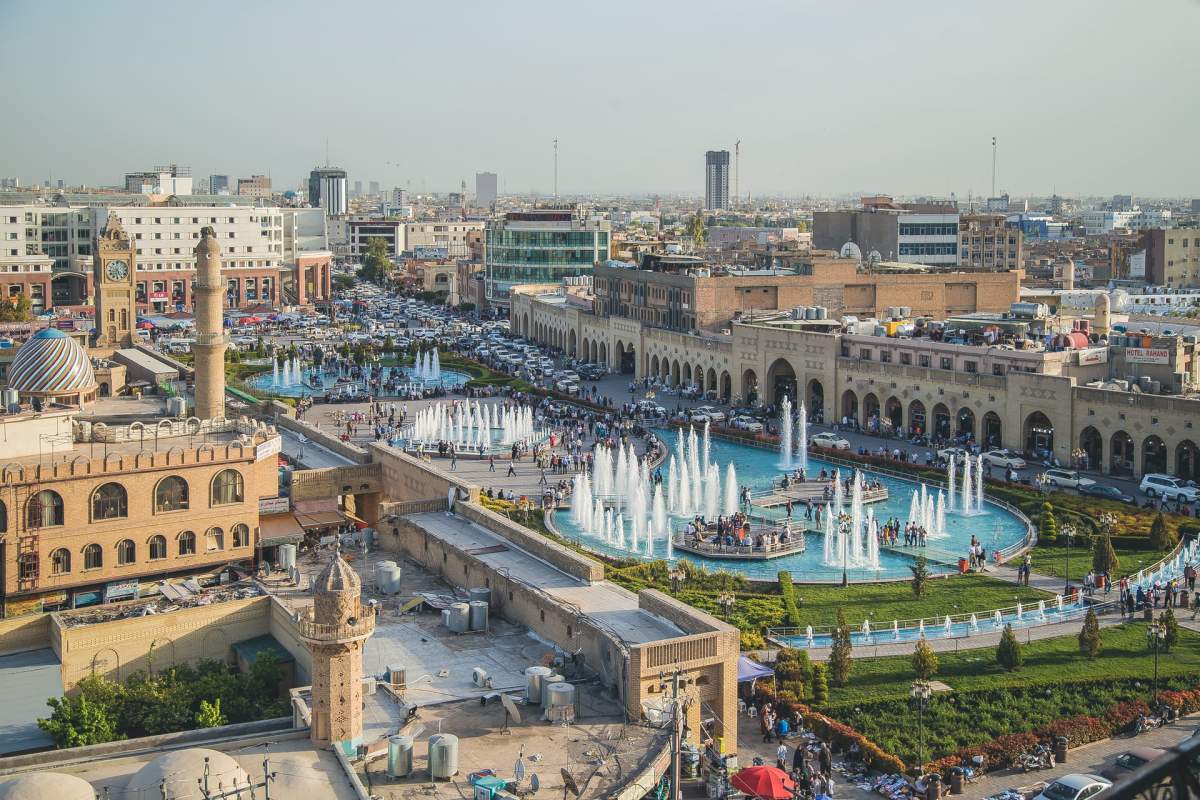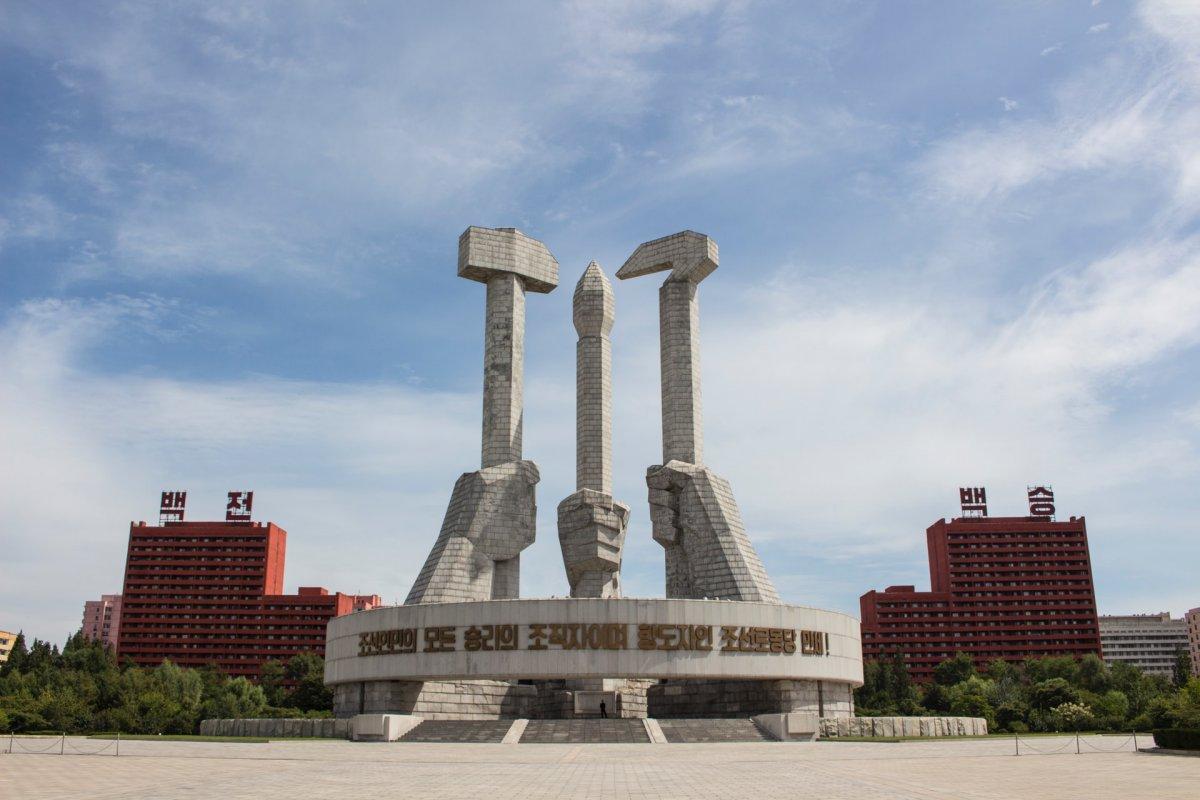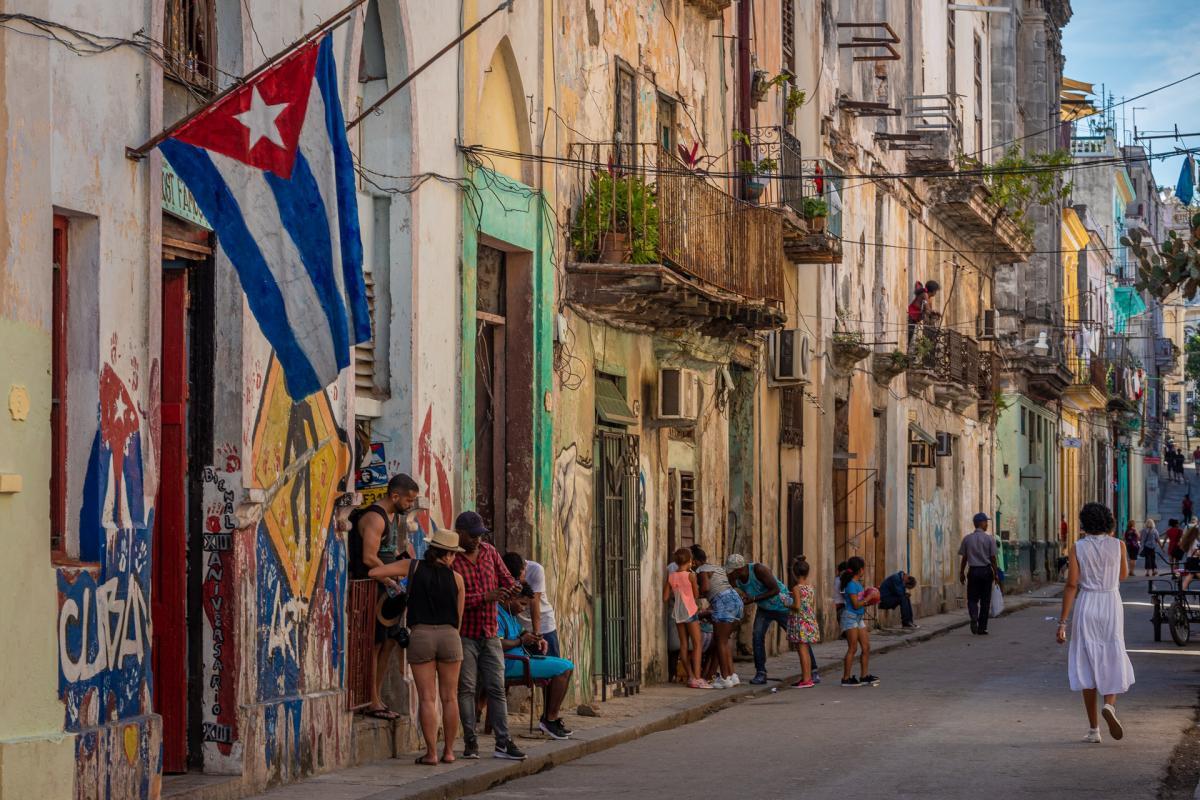Education in the Philippines: Facts & Statistics
Did you know that the official teaching language in the Philippines is English? Or that the main reason why some Filipinos don’t pursue studies is because of how expensive it is?
Discover everything through these 25 interesting education in the Philippines facts! 🇵🇭 🎓
The Best Facts About School in The Philippines
The Philippines is an archipelago made of 7,640 islands. It is located in Southeast Asia and has a very diverse community. Its capital city is Manila, which has a bit more than 1,846,500 inhabitants.
An interesting part of the country that I wanted to tackle is its education. In light of that, I have listed my 25 best facts about the Philippines education system, and I hope you will love them:
1. Many Filipino children drop out of school early
Only 67 percent of Filipino children finish grade 6.
Also, 8 percent of these drop-outs happen between grades 1 and 2, which means these people will most likely never be literate. The rest drops out mostly between grades 4 and 6, which creates a large group of out-of-school youth.

2. The most popular tertiary education courses are always the same in the Philippines
When it comes to higher education in Philippines today, most students almost always choose the same two topics: business management and commerce.
For the past 10 to 15 years, this has not changed at all. Other courses like teacher training, engineering, mathematics, and medical programs lag far behind.
3. Basic education remains problematic in the Philippines
Because of the many problems that the Filipino education system is already facing, it seems hard to think that it could ever change.
In fact, adding more years in the same poor conditions for these pupils is very detrimental: they are malnourished, teachers are underqualified and underpaid and classrooms are ill-equipped.
4. There are a few elite colleges and universities in the Philippines
Recently, the Philippines became more and more famous for its tertiary education institutes.
In fact, there are 3 top-notch universities in the country: Ateneo de Manila University, De la Sale University and the University of Sto. Tomas. Unfortunately, while they are very good, tuition fees are very high in these institutes.
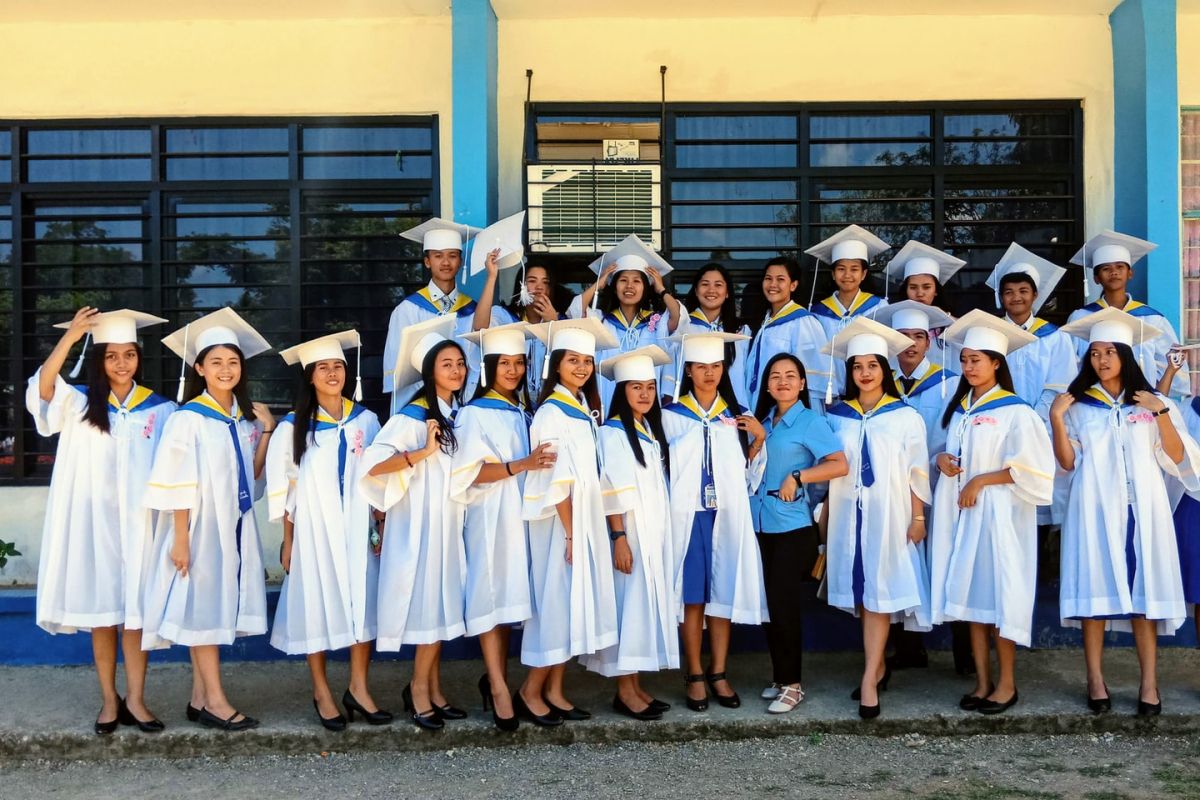
5. Great private universities are very profitable in the Philippines
The reason why the 3 universities I just told you about are so successful is probably because of how expensive they are. This means they can hire better teachers, build the best facilities and admit better students.
Also, this is a very profitable business, even though only students from the narrow elite class can enter.
6. The Filipino education system as a whole is very segregated
You already know it, only the elite can access the best universities in the Philippines, but this means that many others have to sacrifice their education.
Middle-class students can afford some private schools, which provide better education, but they will still not get the best jobs afterward. Future leaders are taught in elitist institutes.
7. 8 big private colleges and universities in Manila represent 50 percent of the total enrollment
Manila, the capital city of the Philippines, has many of the best private educational institutes in the country.
As a matter of fact, 8 of them represent half of the total private tertiary school enrollment in the country! In metropolitan Manila, this number jumps to 70 percent.
8. Many students attending top colleges in the Philippines still live in poor conditions
The 8 big private colleges I just told you about are Arellano University, Centro Escolar University, Far Eastern University, FEATI, Manila Central University, Manuel L. Quezon University, University of Manila, and University of the East.
Despite how good they are, many students there come from rural areas… so they are just crammed in sordid dormitories and boarding houses.
9. Filipinos consider education to be a great ladder for social mobility
Even though education is not really good in the Philippines (to say the least), many Filipinos consider it to be a great ladder for social mobility.
This means that higher classes are more educated. And as you know, despite this mindset, inequity still continues in the country.
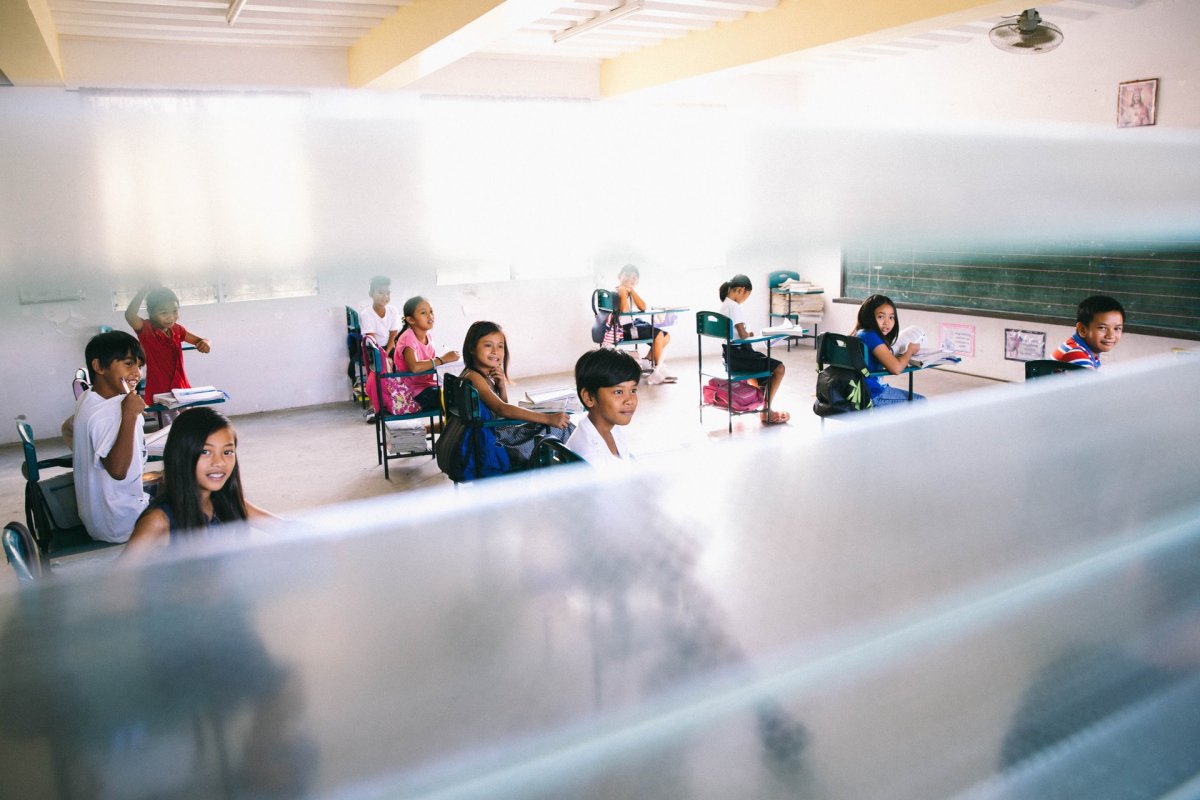
10. Most Filipinos cannot earn a college degree for financial reasons
The vast majority of the Philippines population is very poor. Because of this, it is nearly impossible for them to earn a college degree, because higher education is majorly privatized.
With the current state of education, it is also hard for them to simply reach college in the first place.
11. The public sector becomes smaller as students progress on the educational ladder in the Philippines
As Filipino students progress through their studies, fewer and fewer state-funded public institutes are available to them.
In elementary education, 95.2 percent of institutes are public. In secondary education, this number goes down to 60.8 percent. And finally, in tertiary education, it is only 25.3 percent.
12. The literacy rate is higher than the enrollment rate in the Philippines
Considering the current state of the Filipino education system, it might seem surprising that the country’s literacy rate is 97 percent.
However, being literate does not mean being skilled for high-level work. Even though the vast majority of the population is literate, only a little more than 40 percent of pupils finish high school.

13. Three agencies govern the Filipino education system
In the Philippines, three agencies are involved when it comes to the education system: the Department Education for basic education, the Commission on Higher Education for tertiary and graduate education, and the Technical Education and Skills Development Authority for technical and vocational courses as well as middle education.
14. It is written in the Filipino Constitution: the State has to prioritize education overall
The 1987 Filipino Constitution literally states that “the State shall assign the highest budgetary priority to education”.
Despite the situation, this is still great news for the country’s education system. The public education sector uses this budget to build and maintain facilities, hire teachers and develop curricula.
15. The Philippines used to be the only country in Asia with a 10-year pre-university cycle
The fact that the Philippines used to be one of only 3 countries in the world, alongside Angola and Djibouti, to have a 10-year pre-university cycle, and that it took the country so long to move forward (only since 2013), is a good way to see why education takes so long to meet international standards.
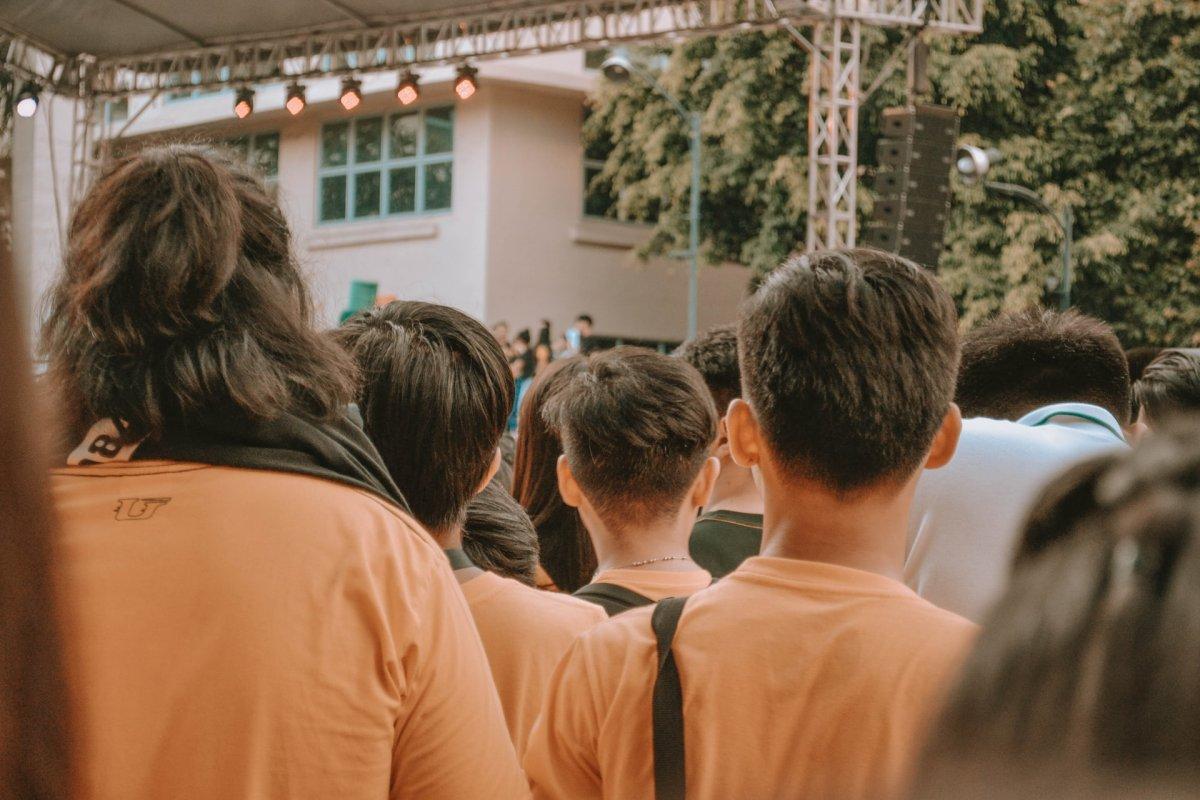
16. There are Islamic schools in the Philippines, but they do not follow the national curriculum
Muslim schools, or madaris, exist in the Philippines. There, students are taught the Arabic language as well as Islamic values.
However, these schools do not follow the Filipino education curriculum, “turning students into virtual foreigners in their own country”, according to the Department of Education of Philippines in 2004.
17. School years in the Philippines have a limited amount of days
By law, Filipino school years cannot exceed 220 school days, including suspended ones due to natural or man-made disasters.
Also, the school year cannot start earlier than the first Monday of June, and not later than the last day of August.
18. The successive colonizations of the Philippines have impacted its education
The Philippines does not really have an education system of its own. Instead, it was highly influenced by its colonial history.
Depending on the period, it was either Spain, the United States, or Japan that ruled and occupied the country.
19. The United States left its mark on the Filipino school system
Among all countries that controlled the Philippines at some point, it is the United States that left the biggest mark.
Even though the Philippines is now an independent country, English is the official teaching medium, because of the United States occupation that started in 1898.

20. The Filipino education system used to be a model for neighboring countries
That’s right, the poor, inefficient, and inequalitarian education system in the Philippines used to be a model for the neighboring countries. This is probably because it used to mimic the American system, which was quite new at that time.
As you know though, it has deteriorated a lot since then.
21. University education in the Philippines works with credit attribution
When it comes to tertiary education, the resemblance between the Filipino and the American education system is striking.
To enter a university, students need to have the high school Certificate of Graduation or pass a specific entrance examination. The credit structure is also similar.
22. Bachelor’s degrees in the Philippines consist of 4 years
If a student wants to pursue a bachelor’s degree in the Philippines, they will need to go through a minimum of 4 years of studies.
The first two years are dedicated to academic and general courses, while the final two are more specific. Students need to choose a major halfway through their bachelor’s studies.
23. Students who have a bachelor’s degree can pursue a master’s degree in the Philippines
The next step after the bachelor’s degree is, as in many other countries, the master’s degree.
These last for 2 years, and end with a small thesis as well as a comprehensive examination, most of the time. To be accepted in a master’s program, students need to possess a bachelor’s degree in a similar field.
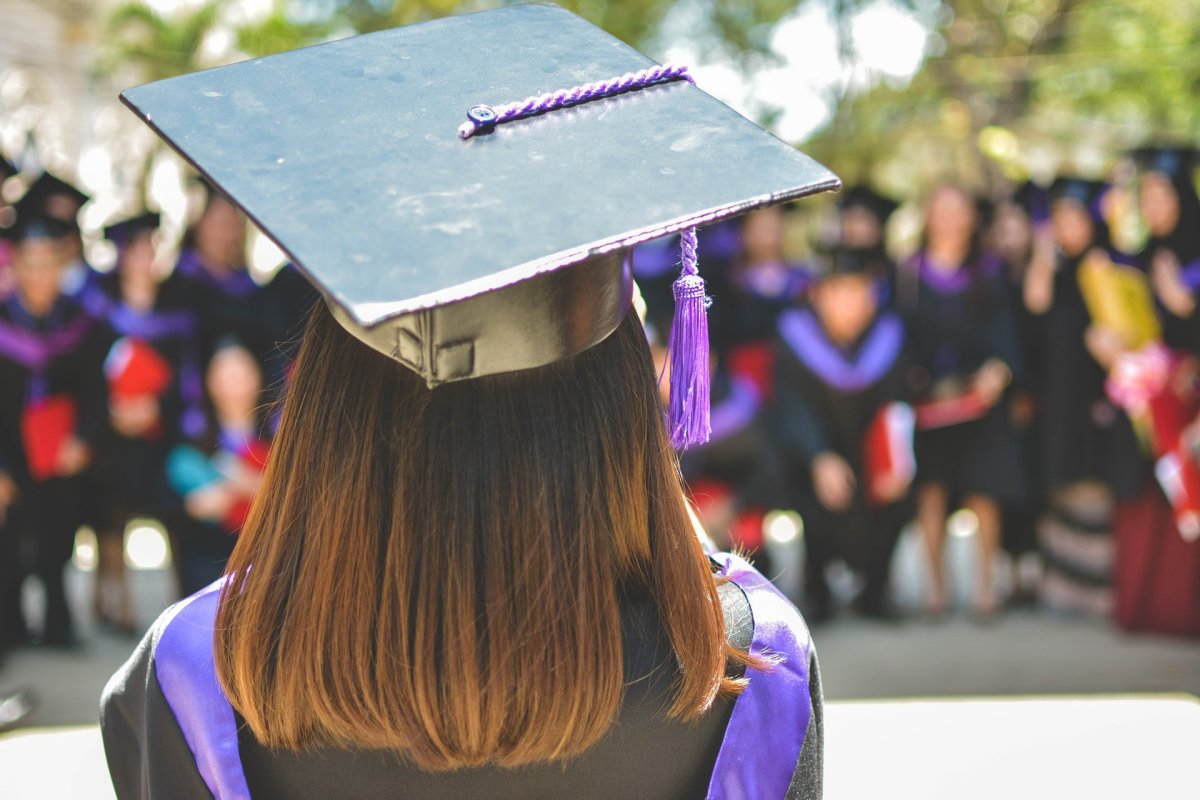
24. The last step of the Filipino education system is the PhD degree
The peak of education in the Philippines is the PhD degree.
Most courses are very academic, and there is an important dissertation that students need to write, which counts for a fifth or a third of the final note. Admissions to PhD programs are very selective.
25. Vocational and technical education is on the rise in the Philippines
In the past few years, more and more Filipino students have chosen vocational and technical institutes as their tertiary education.
These schools offer a very wide range of subjects, like agriculture, technical trades, hotel and restaurant management, and interior and fashion design.
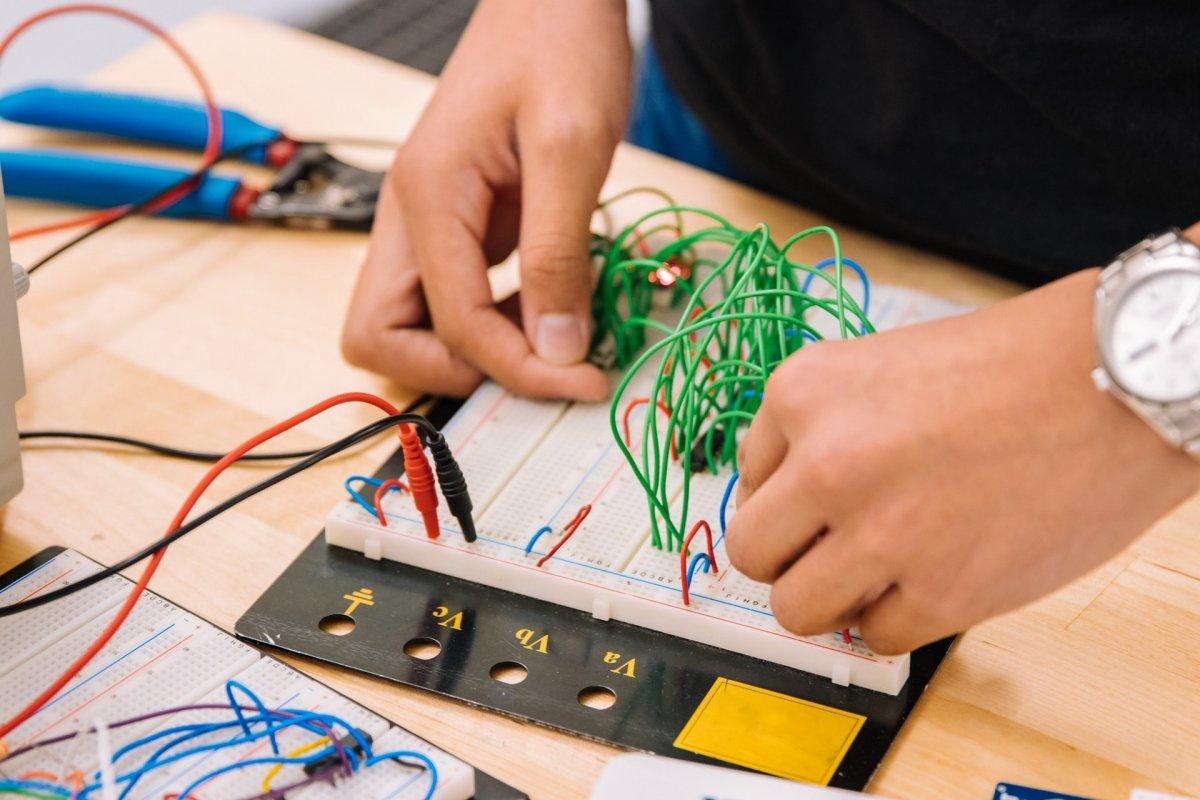
So there you have them, these were all my 25 interesting Philippines education facts. I hope you enjoyed them and that you learned something new today.
In case you want to learn more about the rest of the country, feel free to keep reading, as I still have lots of things to tell you about:
Filipino School Hours
Let’s keep going with our next part, dedicated to Filipino school hours. The typical school schedule in one country can often be very different from your own, and it’s always interesting to have more details on how students go on about their day.
The Philippines Primary School Schedule
The Filipino school year typically runs from June to March of the following year.
The usual school day in the country begins at 7:30 AM and ends at 5 PM. And students have to go to school from Monday to Friday, so this is pretty intense compared to other countries!
Primary school works like in the United States: the program is K-12, which means pupils go through kindergarten, and then 12 years of basic education.
They will mostly learn about general academic skills.

Filipino High School Schedule
The high school schedule is quite intense in the Philippines: students need to take 10 subjects per school year, all mandated by the National Department of Education, for all high schools.
Secondary education in general is made up of 4 lower levels and 2 upper levels. The two parts of this system are Junior High School (grades 7 to 10) and Senior High School (grades 11 and 12).
General Facts About Schooling in The Philippines
This last part is dedicated to general facts about schooling in the Philippines. More specifically, we’ll check 2 key figures that will give you a better understanding of the level of education in the Philippines.
Enrollment in tertiary education for the Philippines: 33.61%
(Average for regions: Sub-Saharan Africa: 8.6% | South Asia: 20.8% | Arab States: 36.4% | East Asia: 36.5% | Latin America: 43.3% | Europe and Central Asia: 62% | North America: 84%)
Data from World Bank EdStats/UNESCO
The Philippines literacy rate: 97%
(Average for regions: Sub-Saharan Africa: 65.3% | South Asia: 72.9% | Arab States: 79.4% | Latin America: 93.7% | East Asia: 95.8% | Europe and Central Asia: 98.5%)
Data from World Bank EdStats/UNESCO
More Education Facts!
Do you want even more education facts about other countries?
Check out these facts:
Or click here to see ALL the education facts up on the blog!
The Full List of 25 Filipino School Facts
- Many Filipino children drop out of school early
- The most popular tertiary education courses are always the same in the Philippines
- Basic education remains problematic in the Philippines
- There are a few elite colleges and universities in the Philippines
- Great private universities are very profitable in the Philippines
- The Filipino education system as a whole is very segregated
- 8 big private colleges and universities in Manila represent 50 percent of the total enrollment
- Many students attending top colleges in the Philippines still live in poor conditions
- Filipinos consider education to be a great ladder for social mobility
- Most Filipinos cannot earn a college degree for financial reasons
- The public sector becomes smaller as students progress on the educational ladder in the Philippines
- The literacy rate is higher than the enrollment rate in the Philippines
- Three agencies govern the Filipino education system
- It is written in the Filipino Constitution: the State has to prioritize education overall
- The Philippines used to be the only country in Asia with a 10-year pre-university cycle
- There are Islamic schools in the Philippines, but they do not follow the national curriculum
- School years in the Philippines have a limited amount of days
- The successive colonizations of the Philippines have impacted its education
- The United States left its mark on the Filipino school system
- The Filipino education system used to be a model for neighboring countries
- University education in the Philippines works with credit attribution
- Bachelor’s degrees in the Philippines consist of 4 years
- Students who have a bachelor’s degree can pursue a master’s degree in the Philippines
- The last step of the Filipino education system is the PhD degree
- Vocational and technical education is on the rise in the Philippines
Share the knowledge! Click on the buttons below to share these facts about education in the Philippines with your friends, and help them learn more about the world 🙂

